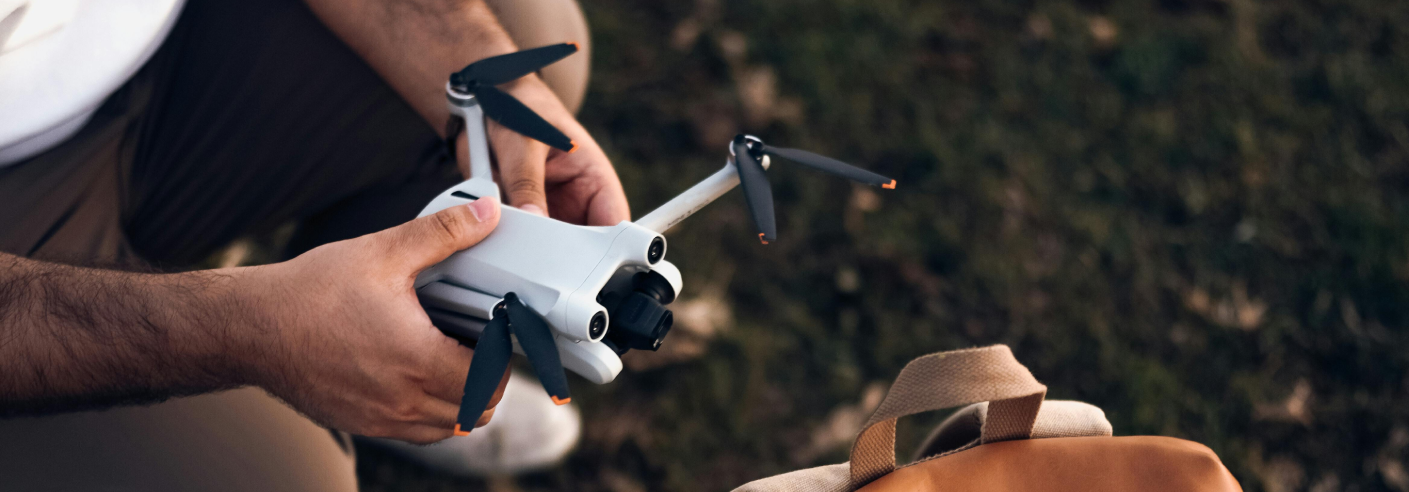Precision farming, facilitated by drones, heralds a new era in agriculture. Drones equipped with sophisticated sensors, cameras, and GPS systems provide farmers with invaluable insights into their fields conditions. These aerial vehicles can capture high-resolution images, thermal data, and multispectral imagery, offering a comprehensive view of crop health, soil moisture levels, and pest infestations. By precisely mapping these parameters, farmers can tailor their actions, such as targeted pesticide application or irrigation, leading to optimized resource allocation and increased efficiency. This precision not only enhances crop yields but also minimizes input costs and reduces environmental impact by minimizing the use of fertilizers and chemicals. Moreover, drones enable timely interventions, allowing farmers to address issues promptly, thereby mitigating potential losses. In essence, the integration of drones in agriculture revolutionizes traditional farming practices, empowering farmers to make data-driven decisions and achieve sustainable agricultural production.
One of the key advantages of drones in precision farming is their ability to gather data rapidly and at scale. Traditionally, farmers relied on ground-based observations or satellite imagery, which often lacked the resolution or timeliness needed for effective decision-making. Drones, on the other hand, can cover large areas in a fraction of the time, capturing detailed information with unparalleled accuracy.
This wealth of data allows farmers to make informed decisions tailored to specific sections of their fields. By precisely mapping parameters such as soil moisture levels or vegetation indices, farmers can implement targeted interventions. For example, they can identify areas experiencing water stress and adjust irrigation schedules accordingly, minimizing water usage while maximizing crop health. Similarly, drones can detect early signs of pest infestations or nutrient deficiencies, enabling farmers to apply pesticides or fertilizers only where needed, reducing waste and environmental impact.
Furthermore, the integration of drones in agriculture facilitates real-time monitoring and response. Farmers can program drones to conduct regular flights over their fields, collecting data on a continuous basis. This constant surveillance enables them to detect problems as soon as they arise, allowing for prompt action to mitigate potential losses. Whether its identifying disease outbreaks, monitoring crop growth, or assessing the effectiveness of management practices, drones provide invaluable insights that empower farmers to optimize their operations.
Overall, the adoption of drone technology in precision farming represents a paradigm shift in agricultural practices. By harnessing the power of data and analytics, farmers can make more informed, data-driven decisions that lead to increased efficiency, productivity, and sustainability. As the technology continues to evolve and become more accessible, its potential to revolutionize traditional farming methods and address global food security challenges becomes increasingly apparent.



Nice product
Good Quality Product
Nice Product. Must buy It.
I like this Product